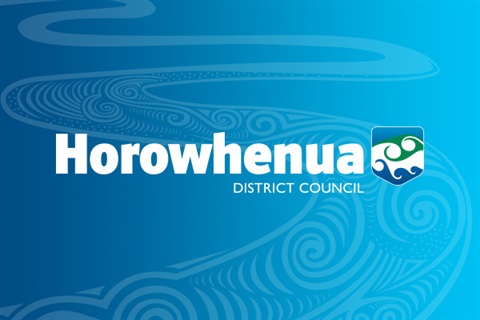Horowhenua stacks up well in council profiles
Published on July 31, 2025

The Government has today released ‘profiles’ which show how different councils compare in measures including rates rises, spending, and balancing budgets.
‘These are all things Horowhenua District Council has already been open and transparent about with its community,’ says Chief Executive Monique Davidson.
‘The profiles give us another opportunity to show our community how we’re responding to the challenges that face local government – spending ratepayers’ money wisely at the same time as planning for the future.
‘The profiles are a valuable but rudimentary tool that don’t consider nuances such as the impact of growth and come as the Government prepares to introduce performance benchmarks for councils.’
Horowhenua District Council’s profile allows readers to compare our performance with 25 other similar sized councils around the country.
Here’s a closer look at some of the findings:
Debt is used to pay for expensive infrastructure items which will serve our growing community for many decades and will also be funded by collecting development contributions. A good example is the work we’re about to start on the Levin wastewater treatment plant.
By spreading the cost over a long period we make sure the people who will benefit from this investment in the future are also contributing to the cost.
As at 30 June 2025, we have $174 million of net debt, which is 197 percent of our operating income. That’s within the 250 percent limit we’ve set ourselves, but it’s higher than many comparable councils.
One of the reasons for this is that in the past Council has reduced rates increases by not asking for all the money needed to replace our assets (depreciation) and using debt to pay for some of our operating expenses. While this helped with rates at the time, it led to our debt being higher than it would have been otherwise.
We also have a large value of assets per head of population that we need to maintain and replace as a responsible asset owner.
In 2021, we reset our financial strategy and made a commitment to making sure rates cover all the costs they need to. By 2027/28 we’re on track to have a balanced budget – in other words our operating expenses will be covered by our income.
When we balance our budget, we’ll be able to bring rates increases down significantly: from 2029/30 to 2032/33 we’re looking at an average annual increase of 4.1 percent.
The profiles show that most councils are under pressure as they deal with increased costs and providing infrastructure for our growing communities.
Our 2025/26 average rates increase is 9.1 percent, which is lower than the 9.9 percent estimated in our Long Term Plan – evidence of our efforts to find savings wherever possible. (This figure is different from the estimate in the DIA profile as it is the actual rates increase we set in our Annual Plan, after the profile was written).
More than 85% of the rates increase this year can be attributed to the rising cost of water services. This is not the cost of providing new infrastructure for growth but the cost of continuing to supply our community with safe drinking water and dealing with wastewater and stormwater effectively and sustainably, as well as making sure that we are asking for all the money needed to replace our assets and moving towards no longer using debt to pay for some of our operating expenses.
‘Balancing the wants and needs of the community now and in the long term with affordability remains a challenge,’ says Chief Executive Monique Davidson.
‘We are doing our best to provide a good balance as we strive to do what we said we would in the Long Term and Annual plans and maintain our financial sustainability in the long term.
‘We understand that this is still a big increase for ratepayers, many of whom are struggling to get by. We’re facing the same cost pressures, which is one reason rates keep going up.’
When looking at our rates increases it is important to remember that our operating costs of $85 million are the third lowest in the group, as we continue to watch every dollar we spend.
While our operating costs are low, our rates are not as low as others as rates fund more than 80% of our income. We don’t have other sources of income to help keep rates lower.
Our forecast capital expenditure of $137 million over the next three years (1 July 2024 to 30 June 2027) is the third lowest in the group of comparable councils. This is despite our budgeting for significant work to replace aging infrastructure such as the Levin wastewater treatment plant and upgrades to drinking water plants around the district, among other important projects.
And it takes into account work we’re doing to prepare for growth – from 37,000 residents in the 2023 census to a projected 54,000 by 2044.
‘Every council and region face their own challenges,’ says Monique Davidson.
‘But I’m confident we are doing everything we can to bring down costs while meeting our community’s needs and making Horowhenua a great place to live, now and into the future.’